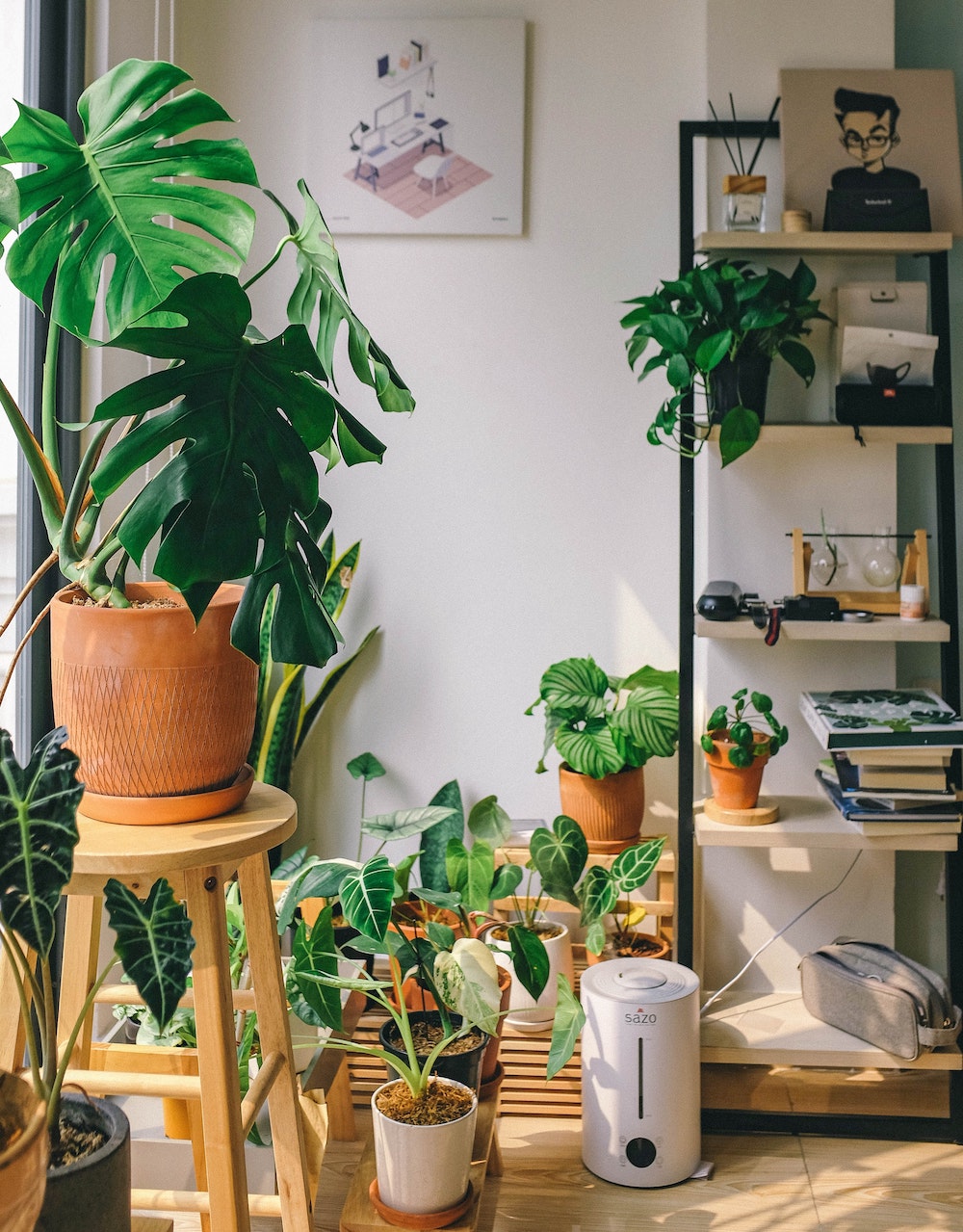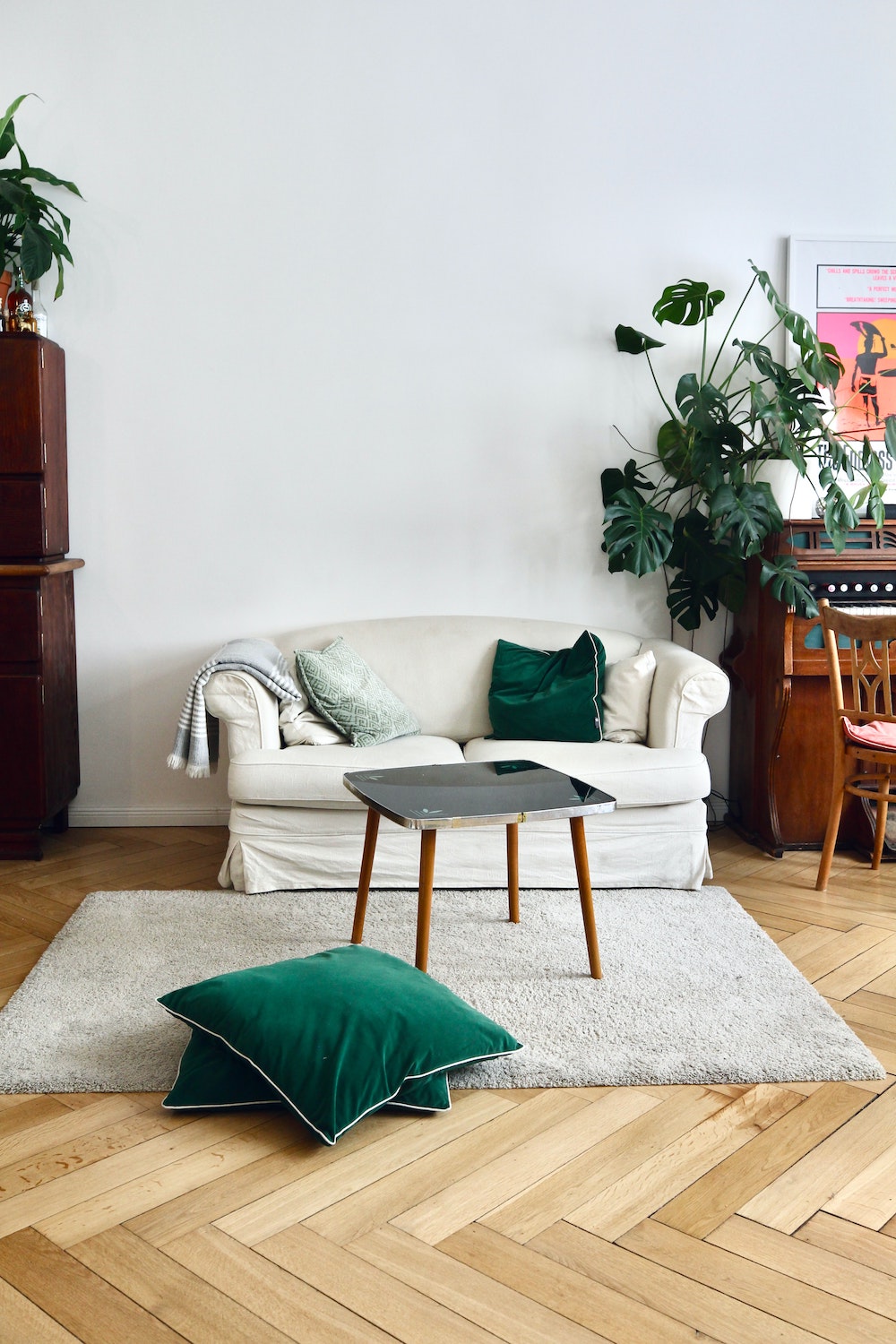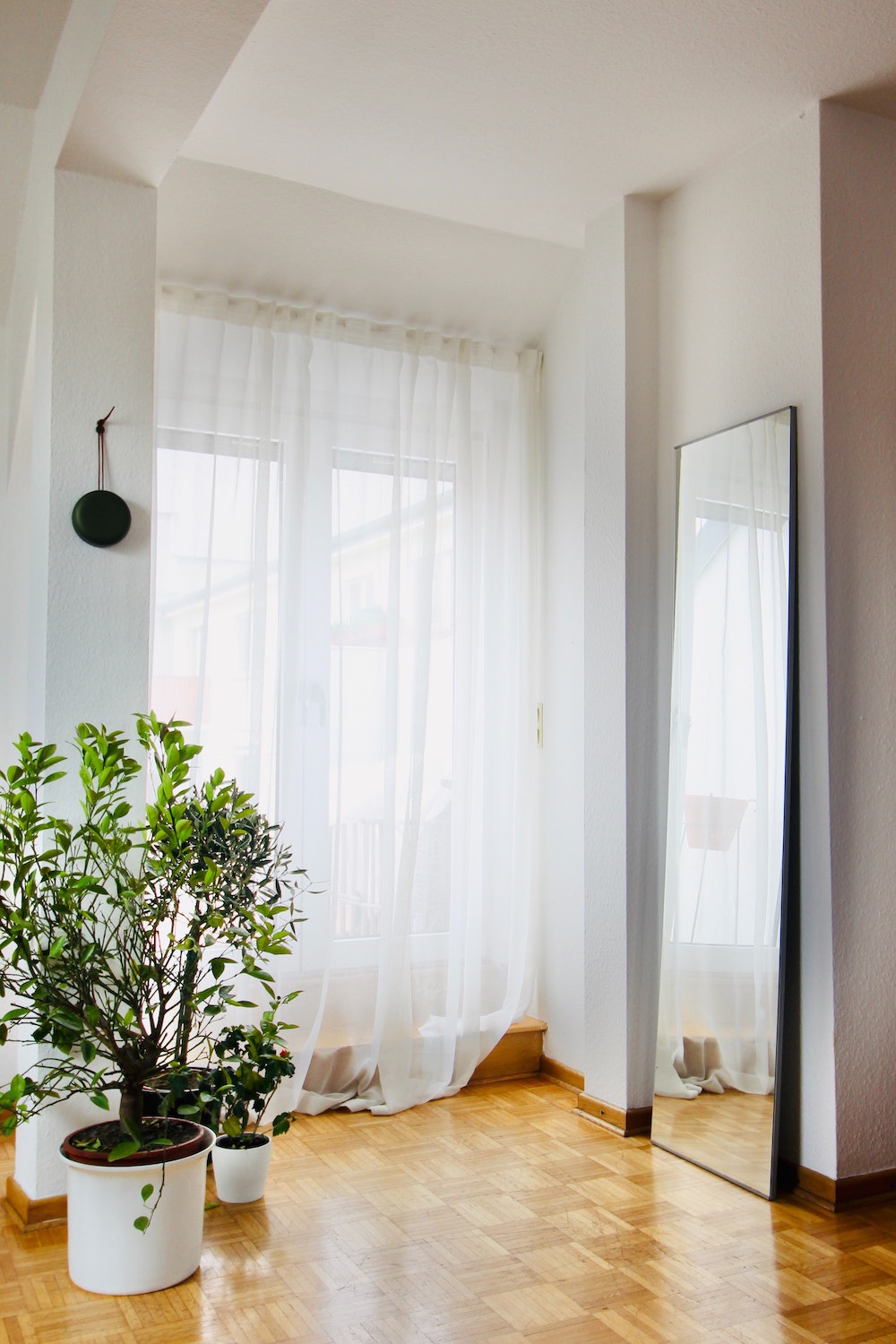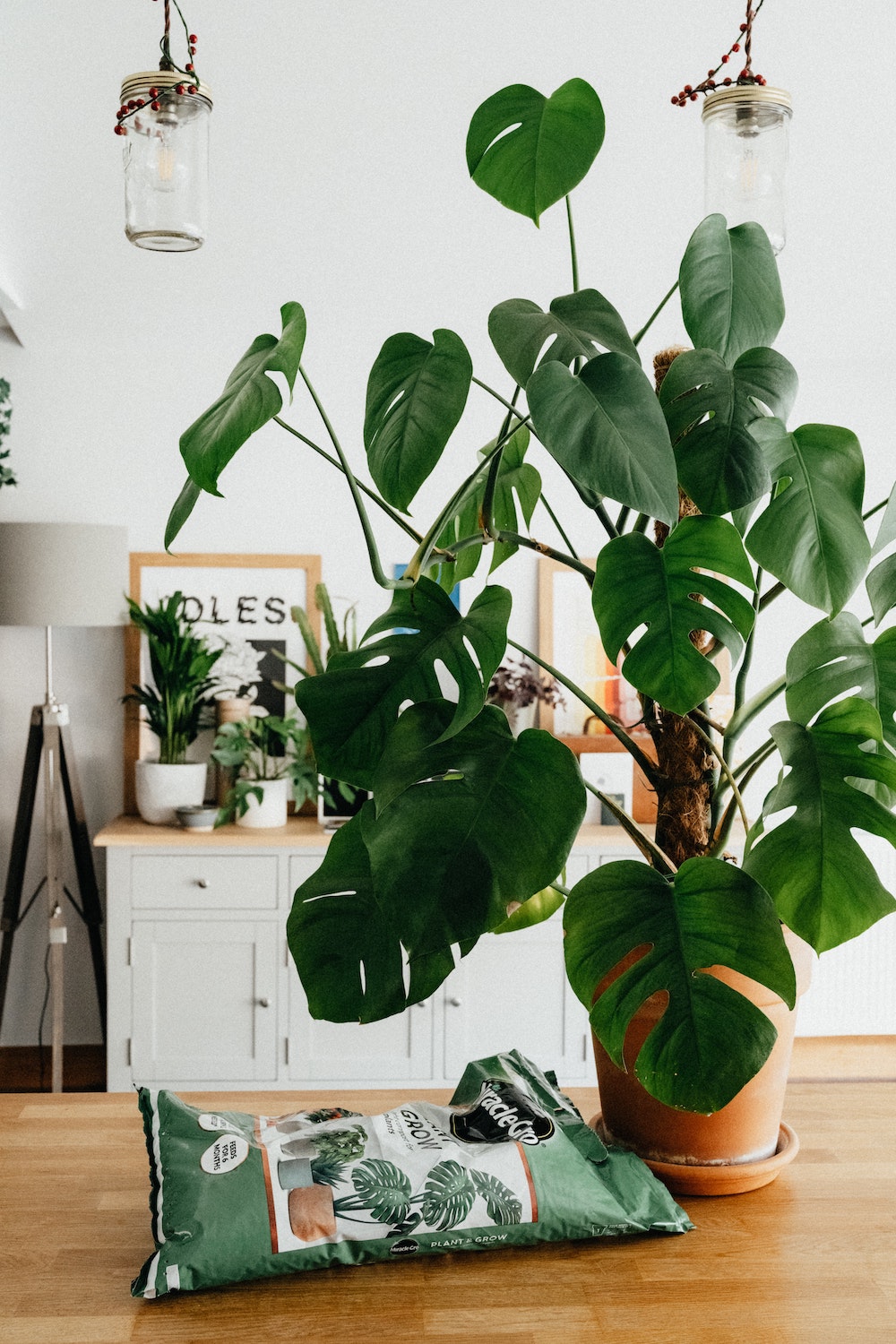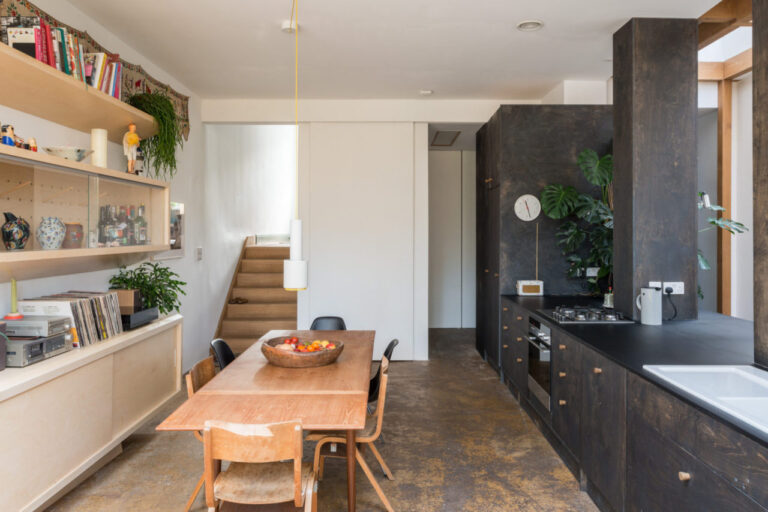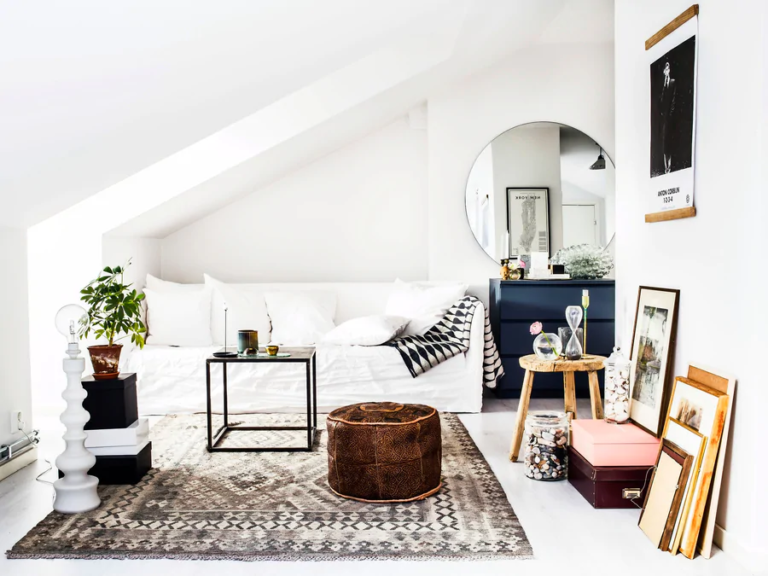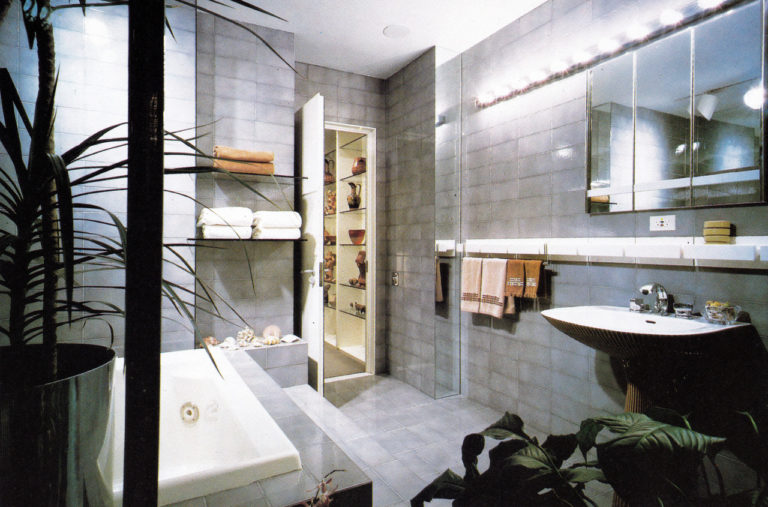Top 6 Care Tips for Your Favorite Indoor Plants
There’s something refreshing about bringing nature’s greenery indoors. From cleaner air to creative decor – there are countless benefits of having indoor plants in your home. However, let’s face it: many people don’t know how to take care of these plants. While many plants require only minimal attention, that doesn’t mean you can neglect them completely. With the right care, indoor plants can liven up any space.
Here are six tips for the proper care of indoor plants:
Soil Choice Is Everything
Choosing the right soil is perhaps one of the most overlooked indoor plants care tips. It’s prudent to tailor your potting soil to the specific plant you are growing. Most succulents prefer rough and well-drained soil, while seedlings prefer a porous moisture-retentive mix. In most cases, a good potting mix will contain peat moss, compost, and either perlite or vermiculite.
Some people prefer to add organic components to their soil mix, which has its advantages. The mix won’t drain water as fast as a non-organic mix, and it introduces beneficial nutrients to the plant. Whichever type of mix you use, ensure it provides adequate pore space for air penetration, water retention, and healthy root growth.
Place the Plant Near a Light Source
For plants, light is a crucial consideration for them to blossom. How else will they make their food? Different plants have varied light needs. Some plants can survive well in low-light conditions, while others will wilt without access to high-light conditions. Knowing each plant’s sunlight requirements will help you know which one will be happy in which areas of your space.
For example, if you have a bright south-facing window, you can go for flowering and highly foliaged indoor plants, which thrive in bright natural light. For a darker space, vines such as philodendron are one of the best varieties. During low-light seasons, you may have to place your plants near the windows to compensate for the reduction in daylight hours.
Don’t Forget To Water Them
Plants, like all other living things, require water for survival. Look out for brown leaves and wilting, which are the common signs of inadequate watering. It’s crucial to develop a schedule for watering your indoor plants. In most cases, watering once or twice a week is suitable for the most common indoor plants.
However, some people become worried that they don’t water the plant enough and inadvertently overwater their plants. This can also do more harm than good to your plant. To accurately determine whether an indoor plant requires water, test its weight. The lighter the plant’s pot when picked up, the more water it needs.
Use a Plant Fertilizer
Given that indoor plants remain in the same soil mix for a significant amount of time, they may deplete all the available nutrients. Even though most indoor plants don’t require fertilizers, adding some to the soil mix will keep them thriving. Apply the fertilizer according to the instructions given in the manual.
Always water your plants thoroughly before applying any fertilizer. With different fertilizers on the market today, ensure you choose the favorable varieties for indoor plants. Remember, indoor plants require fertilization only a few times a year: don’t overdo it.
Re-Pot When Necessary
Different plants grow at different rates and, depending on the type of indoor plant; some may outgrow their original pot faster than others. When this happens, you’ll need to re-pot your house plant to allow for healthy growth. You could also re-pot if you’re looking to liven up your space.
Luckily, there are some signals to look out for to know whether it’s time to give your plant a new pot home. For instance, if the soil mix dries out faster than it usually does and you can see the roots emerging from the container’s top, it’s time to re-pot. Be careful not to damage the plant’s roots and water thoroughly after the transplant.
Proper Ventilation Is Key
Proper air circulation is an important consideration when keeping indoor plants. These plants are used to the outside natural atmosphere, and they may require the same levels of air circulation for healthy growth. Good air circulation also regulates your space’s temperature and humidity, both of which affect the plant’s growth.
Remember, Everything In Moderation
If you want to enjoy all the positives that indoor plants bring to your home, ensure you nurse them properly. However, don’t be too fussy about it either. Overdoing some aspects of plant care may harm the plant rather than help it. Remember, all of this boils down to choosing the right indoor plant based on your preferences and space and following the instructions accordingly.

